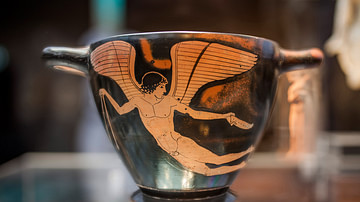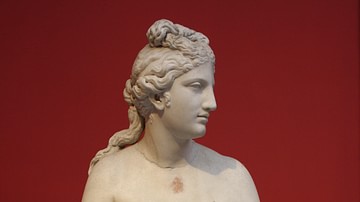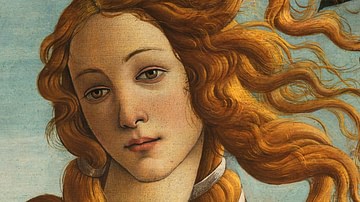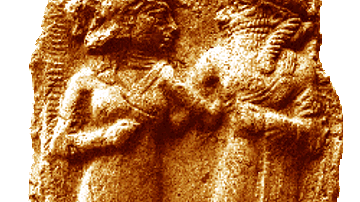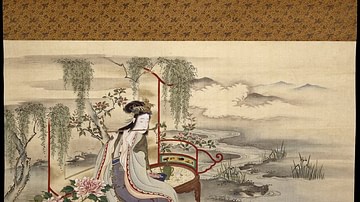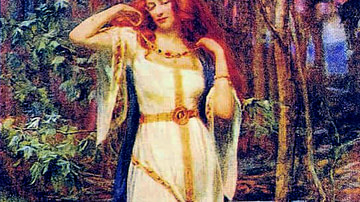Love in antiquity, just as today, expressed itself in all kinds of relationships, meanings, connotations, and expectations. There were representations in art, literature, and religion of heterosexual, homosexual, and bisexual love, the temporary and often misguided madness of desire, the lasting love of family, friends, and pets, and even the love of learning, music, and wine. In short, anything we think ourselves capable of today in the love department has already been tried, tested, eulogised, and abused by peoples living millennia ago from Akkad to Zakros.
In this collection, we look at the Greek and Roman personifications of love and desire, the rules and conventions concerning sex and marriage in Mesopotamia and Egypt, and look at some example literature on the subject, including possibly the world's first love poem and the first romantic novel.
Ancient Greek goddess of love, beauty, desire, and all aspects of sexuality, Aphrodite could entice both gods and men into illicit affairs with her good looks and whispered sweet nothings. Born near Cyprus from the severed genitalia of the sky god Uranus, Aphrodite had a much wider significance than the traditional view as a mere goddess of love and sex.
